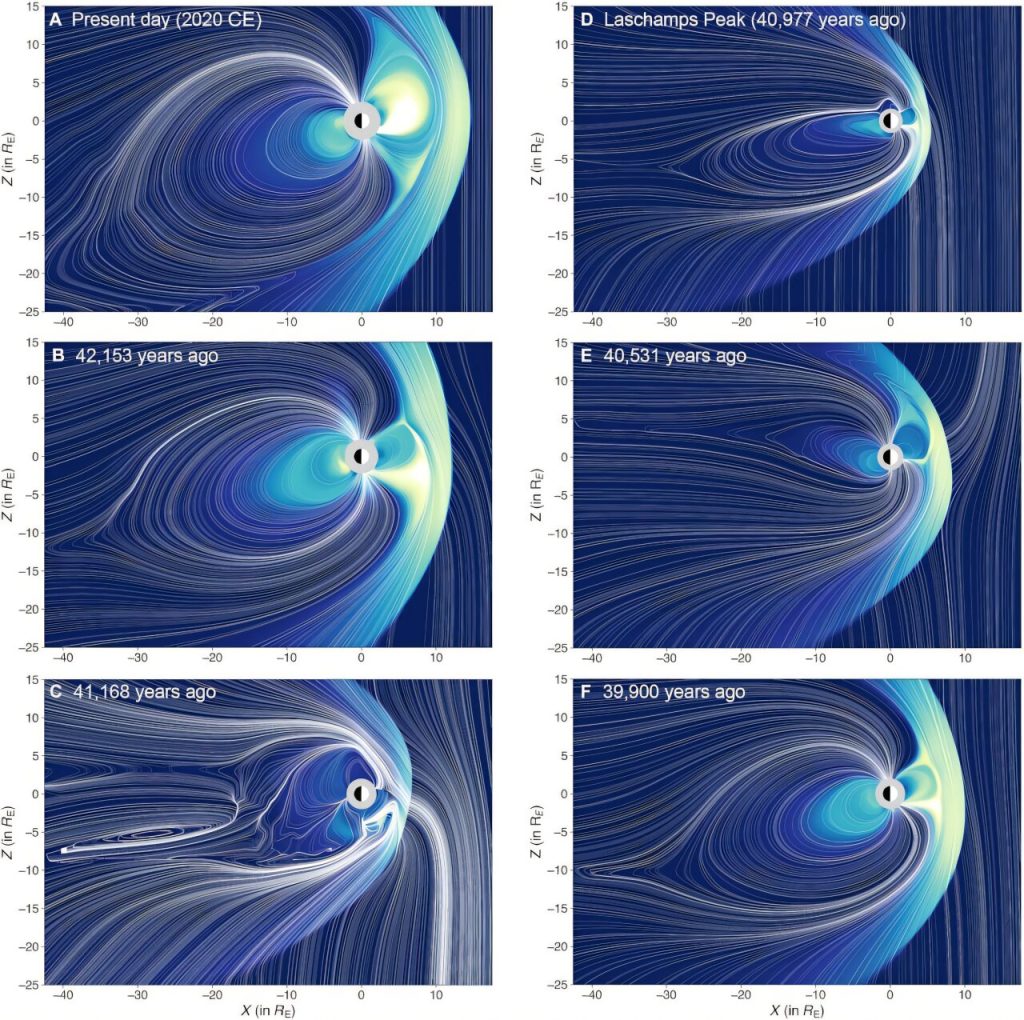Science isn’t just about rigid facts and figures; it’s often a delightful adventure into the unknown. This heartwarming tale from Australia showcases how researchers are using seismic waves generated by cyclones to unravel some of the mysteries of Earth’s interior and even hint at insights for exploring other planets!

Exciting discoveries often begin with unexpected paths. In a fascinating new study from The Australian National University (ANU), researchers have detected energy signals from storms in the North Atlantic. These signals travel through the very core of our planet, offering a captivating glimpse into both Earth’s inner workings and the broader solar system.
The research, recently published in Seismological Research Letters, reveals how these powerful signals can teach us about the dynamics of our planet. By employing specially designed spiral arrays of seismometers in remote areas of Australia, the team successfully detected PKP waves — seismic waves produced during cyclones far across the ocean.
Scientists located two key regions in Greenland and Newfoundland which serve as sources for these vibrant seismic signals, the excitement palpable during discussions led by Abhay Pandey, a dedicated Ph.D. student at ANU. He emphasized the profound potential of this detection method, explaining how it could be used to study the interiors of other celestial bodies.
“By exploring the cores of planets, including those that don’t exhibit seismic activity like earthquakes or volcanoes, we can expand our understanding of their geologies,” Abhay noted, eyes gleaming with the thrill of possibility.
Professor Hrvoje Tkalčić, another co-author, echoed this excitement. He pointed out that if we could land a seismometer array on a small planet devoid of quakes, similar methods could be adopted to investigate their insides by interpreting atmospheric signals and those us ocean-related noises – a fascinating frontier in planetary science.
The ANU team’s innovative approach leveraged two extensive arrays of seismometers, carefully placed in the tranquil environments of Queensland and Western Australia. Analyzing the faint waveforms, they managed to capture microseismic signals that are often difficult to discern amidst all the noise of our bustling Earth.
What exactly are these microseismic sounds? They arise from the constant interaction between ocean waves and the solid ground beneath our feet, a natural symphony that tells the story of seismic activity. By employing cutting-edge techniques, the team homed in on the tumultuous North Atlantic — specifically, the southern point of Greenland and its deeper waters — to pinpoint where these signals originated.
Mr. Pandey shared the meticulous process: “We combined data gathered over multiple days to strengthen our findings, identifying the regions with the strongest signals. These subtle signals, often faint and below the typical threshold for single sensors, illuminate the intricate relationship between ocean activity and Earth’s structure.”
Factors influencing signal transmission are as varied as the oceans themselves: cyclone intensity, ocean depth, seabed contours, and even the specific types of sensors employed all play a role. The study’s focus on seismic periods of four to six seconds proved essential for capturing the nuances of these signals.
Although the North Atlantic is known for its seismic activity, the low magnitude of its quakes usually makes it challenging to study the depths of our planet with conventional earthquake data. Yet this remarkable research opens new doors, showing that we can extract valuable insights from these gentle seismic phenomena, demonstrating the innovative spirit of science.
As Prof. Tkalčić summarized, “Utilizing microseismic data gives us a novel perspective into Earth’s hidden layers, enhancing our understanding of the land surrounded by the vast sea.” This study not only marks a significant step in seismology but also paints a hopeful picture of future planetary exploration.
More information:
Abhay Pandey et al, Detection of Seismic Core Phases from the Northern Atlantic Cyclones on the Australian Spiral-Arm Arrays, Seismological Research Letters (2025). DOI: 10.1785/0220240435
If you would like to see similar science posts like this, click here & share this article with your friends!



